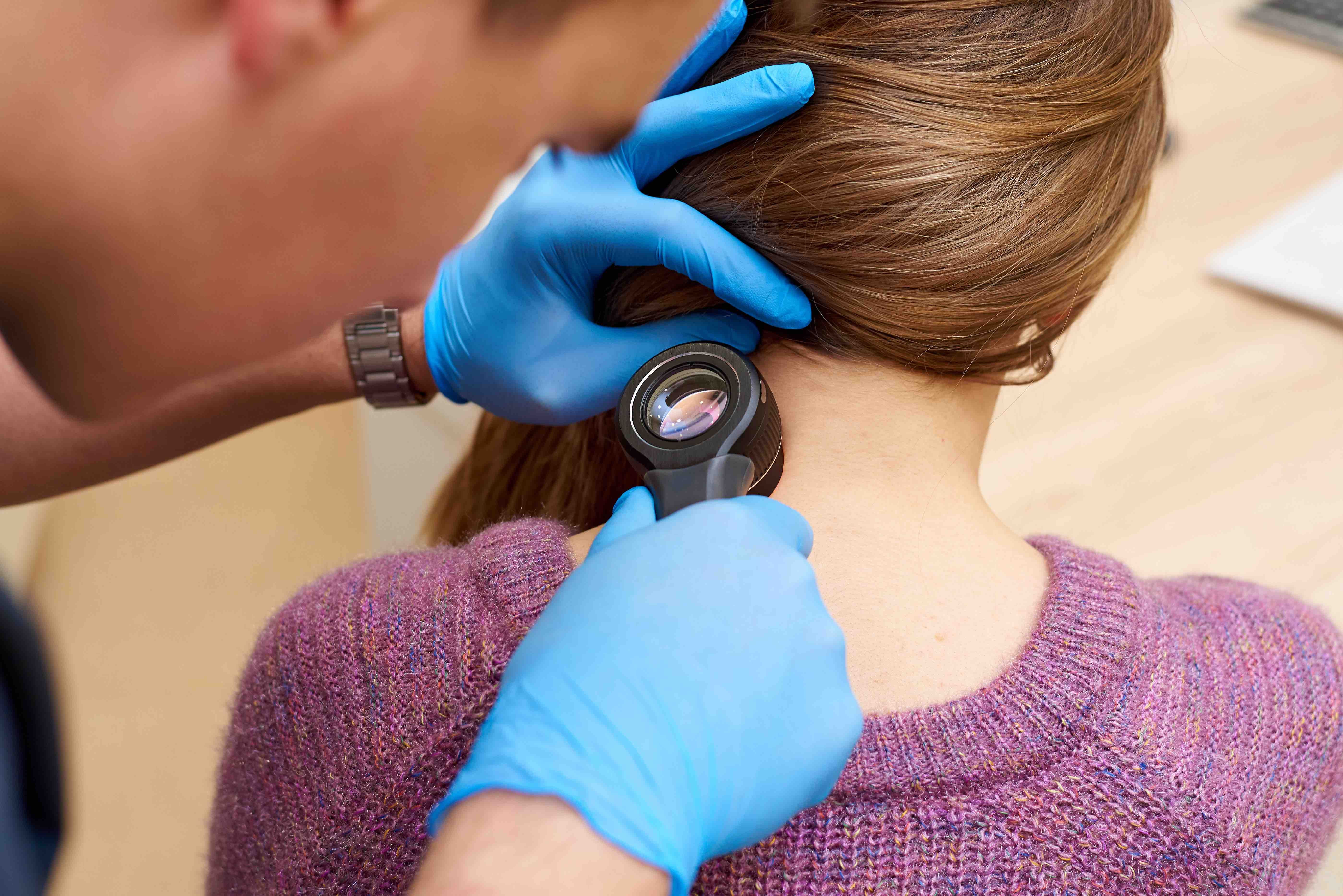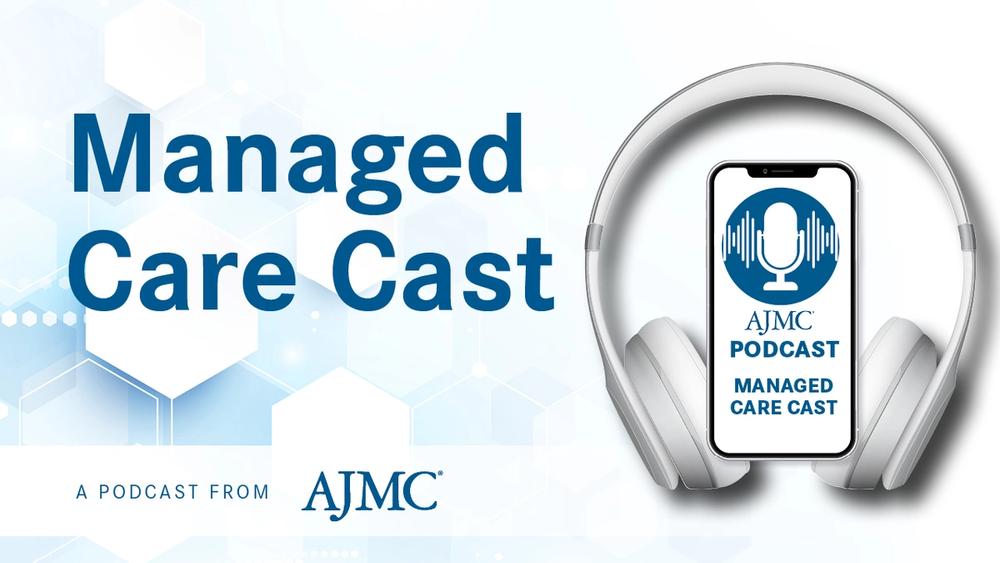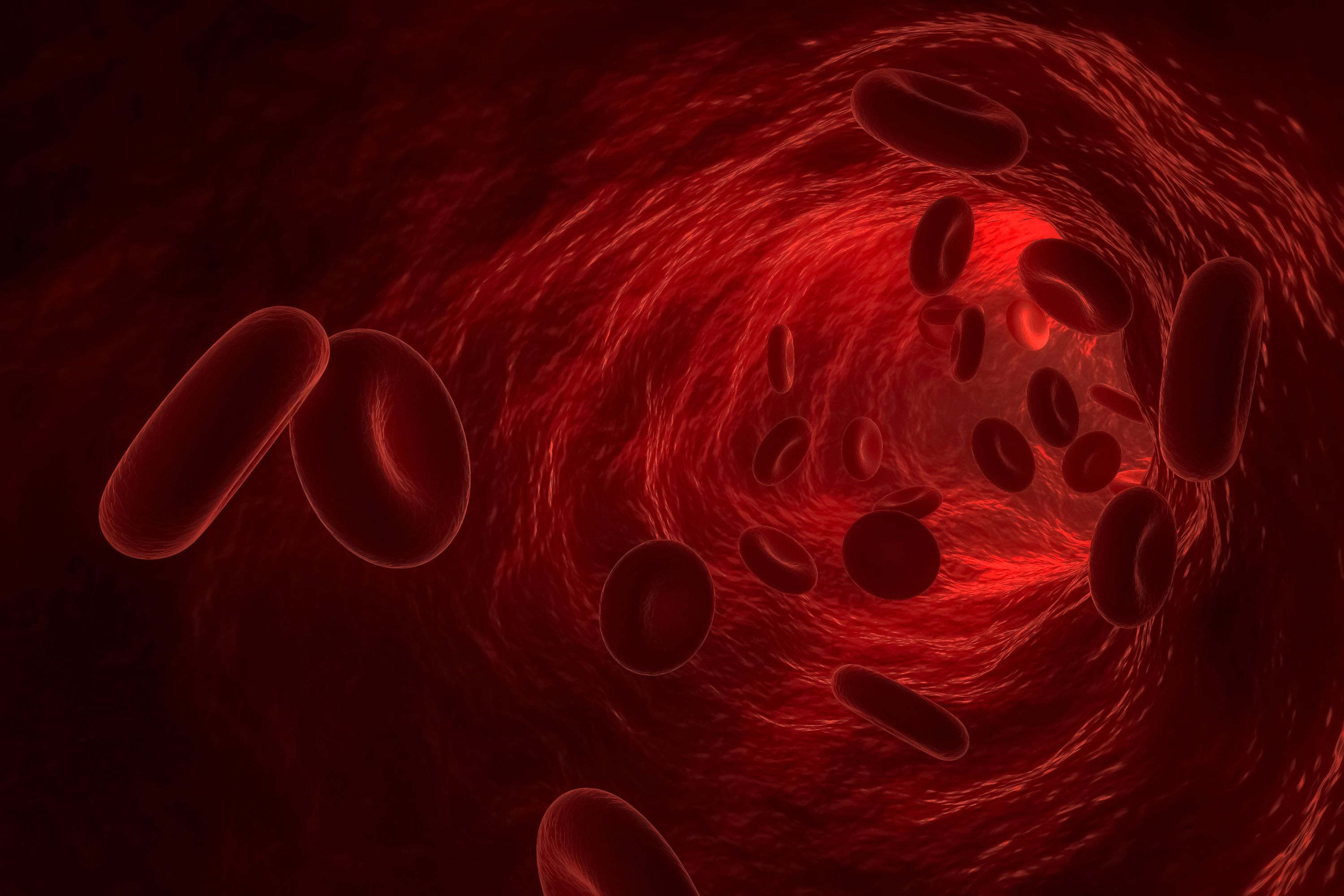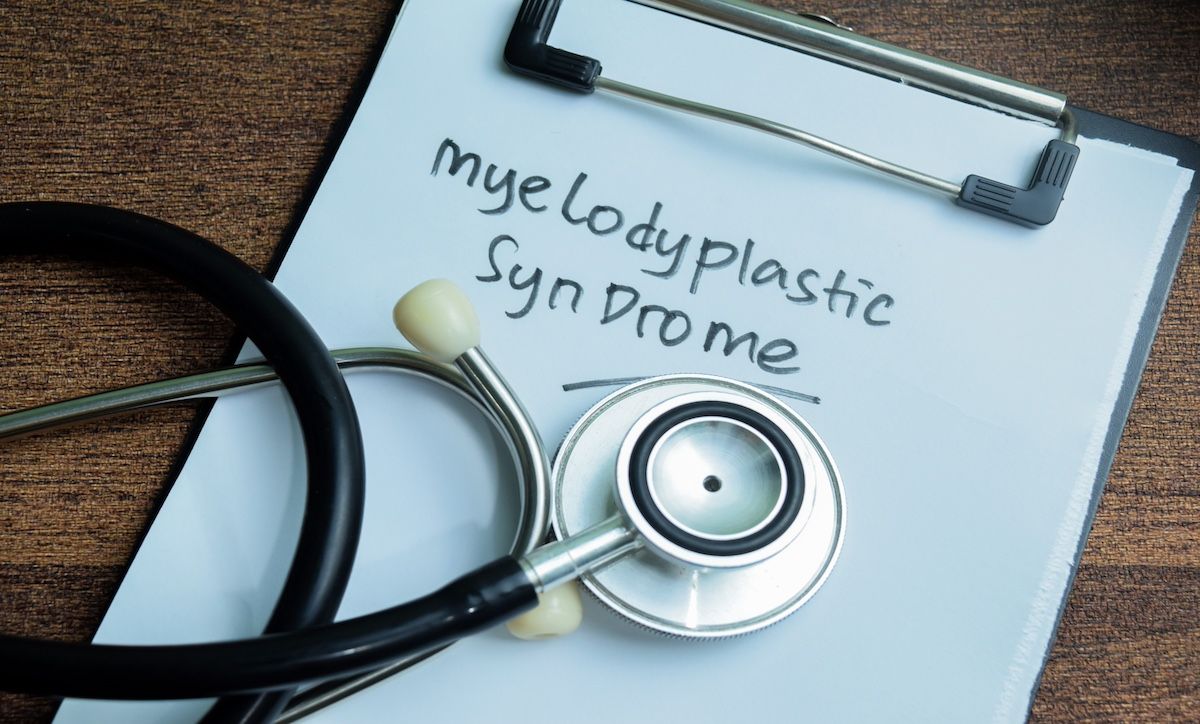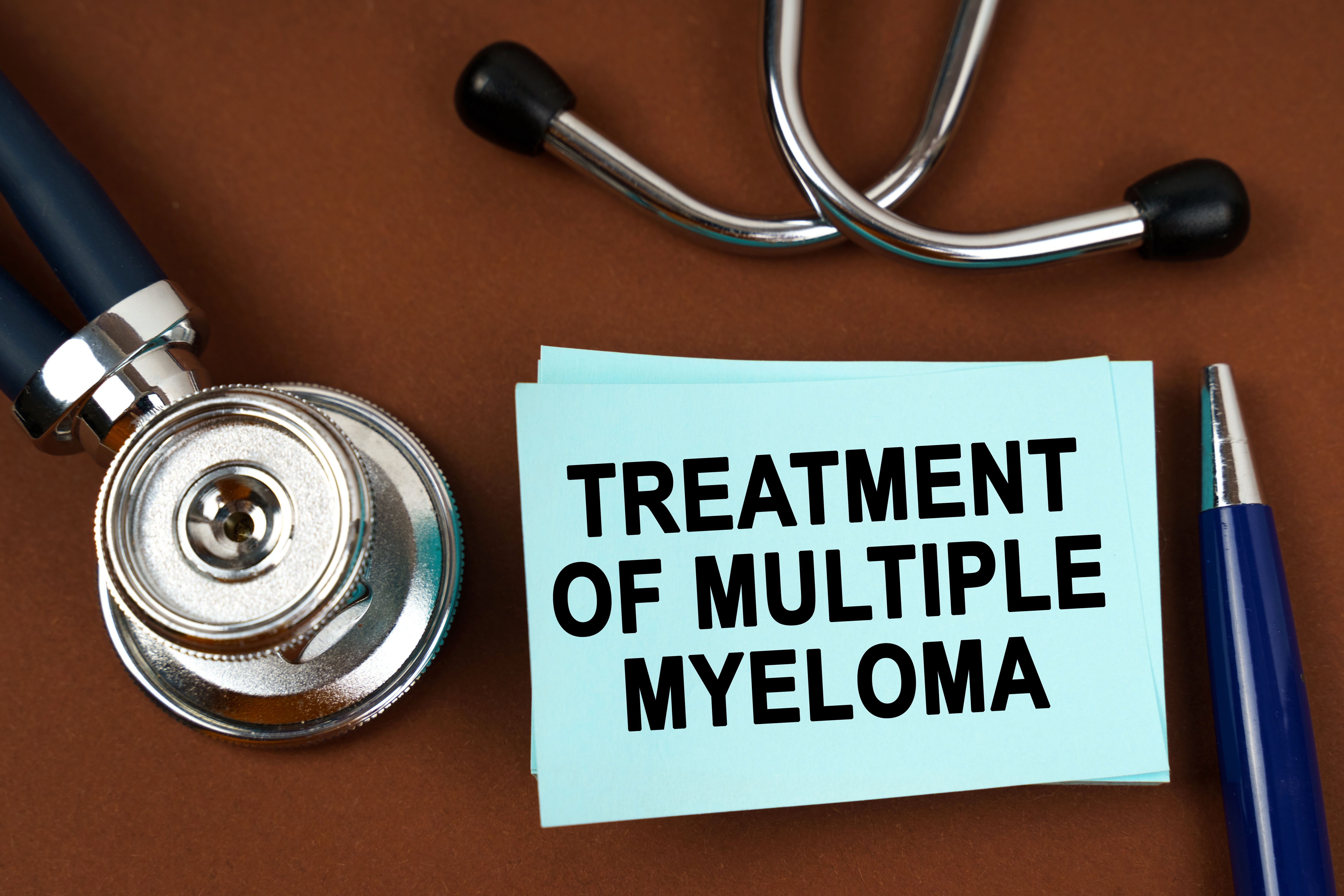News
Article
FDA Approves Prademagene Zamikeracel for Recessive Dystrophic Epidermolysis Bullosa
Author(s):
Prademagene zamikeracel (Zevaskyn) is the first and only cell-based gene therapy for wound treatment in patients with recessive dystrophic epidermolysis bullosa.
The FDA today approved prademagene zamikeracel (Zevaskyn; Abeona Therapeutics) as the first and only autologous cell-based gene therapy for the treatment of wounds in adult and pediatric patients with recessive dystrophic epidermolysis bullosa (RDEB), according to a press release from Abeona Therapeutics.1
At 6 months, 81% of wounds showed 50% or more healing vs 16% of 43 matched control wounds treated with standard of care in the VIITAL study. | Image credit: wladimir1804 - stock.adobe.com
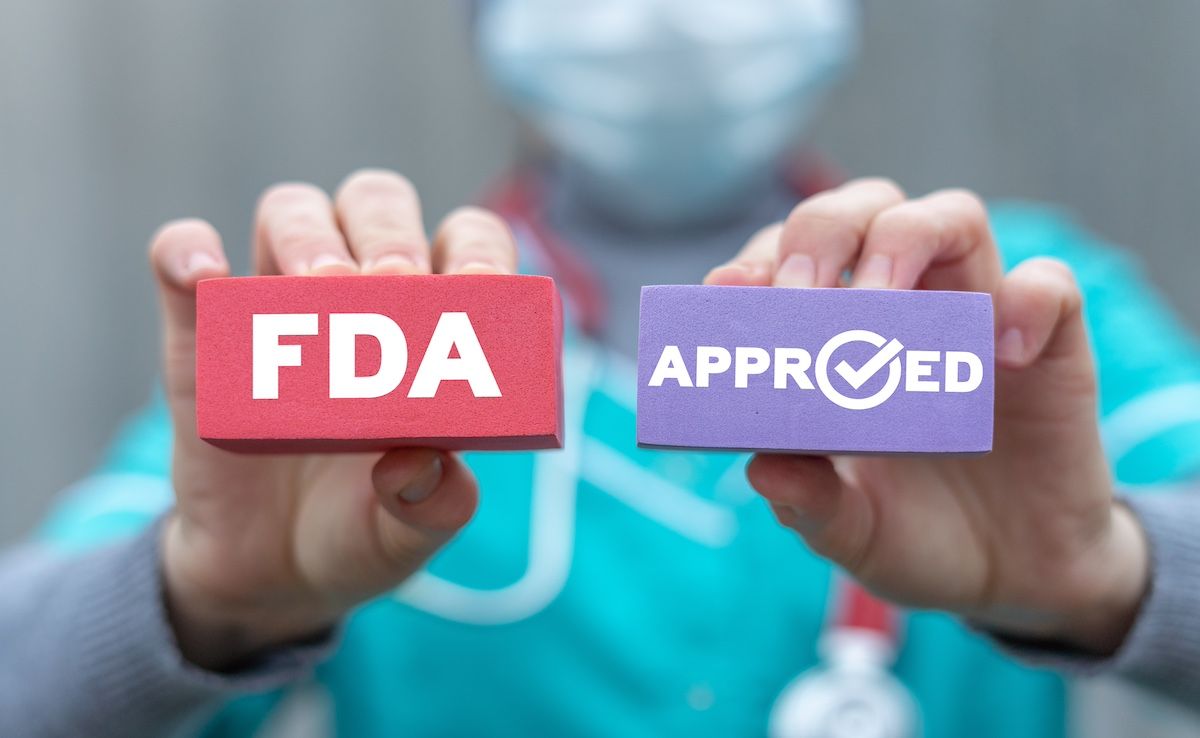
The approval is based on the pivotal phase 3 VIITAL study (NCT04227106), a multicenter, randomized, intrapatient-controlled trial in which prademagene zamikeracel demonstrated statistically significant healing of 50% or more from baseline in large chronic RDEB wounds, as well as pain reduction from baseline as assessed by the Wong-Baker FACES scale, at 6 months post treatment.
RDEB is 1 of 2 main subtypes of dystrophic epidermolysis bullosa, a severe genetic skin disorder. The main treatment strategies being explored are gene therapy, fibroblast cell therapy, bone marrow stem cell therapy, and protein therapy, with gene therapy appearing the most promising for RDEB.2
“Today’s approval of [prademagene zamikeracel] represents a pivotal moment in the treatment of RDEB, answering the call of people living with the clinical, economic, and human impact of this devastating disease,” Vish Seshadri, PhD, MBA, CEO of Abeona, said in a statement.1 “We have heard from the RDEB community that there is a persistent unmet need to reliably address RDEB wounds, especially those that are chronic and prone to infection. Through a single surgical application, [prademagene zamikeracel] can now offer people with RDEB the opportunity for wound healing and pain reduction in even the most severe wounds, as evidenced by the results from our pivotal phase 3 study.”
The VIITAL study included 43 large and chronic wounds treated with a single prademagene zamikeracel application. At 6 months, 81% of wounds showed 50% or more healing (P < .0001) vs 16% of 43 matched control wounds treated with standard of care.
In a single-center, open-label phase 1/2a study of prademagene zamikeracel (NCT01263379), a single treatment was associated with long-term improvement at treated sites at a median follow-up of 6.9 years (range, 4-8 years) among 38 chronic wounds among 7 patients.
There have been no serious treatment-related adverse events with prademagene zamikeracel treatment in either clinical trial, and the most common adverse events occurring in fewer than 5% of patients included procedural pain and itch in the VIITAL trial.
"[Prademagene zamikeracel] was well-tolerated and efficacious in clinical studies, providing clinically meaningful improvements in wound healing, pain reduction, and other associated symptoms in large chronic RDEB wounds after a single application,” Jean Tang, MD, PhD, professor of dermatology and lead principal investigator of the VIITAL study, said in a statement. “In the completed phase 1/2a study of [prademagene zamikeracel], we have observed wound healing and pain reduction that have lasted for years after a single application. Today we can celebrate the availability of an exciting new therapeutic option made possible by the incredible courage of patients and families who participated in these clinical studies.”
References
1. U.S. FDA approves Zevaskyn (prademagene zamikeracel), the first and only cell-based gene therapy for patients with recessive dystrophic epidermolysis bullosa (RDEB). News release. Abeona Therapeutics. April 29, 2025. Accessed April 29, 2025. https://investors.abeonatherapeutics.com/press-releases/detail/303/u-s-fda-approves-zevaskyn-prademagene-zamikeracel
2. Soro L, Bartus C, Purcell S. Recessive dystrophic epidermolysis bullosa: a review of disease pathogenesis and update on future therapies. J Clin Aesthet Dermatol. 2015;8(5):41-46.
